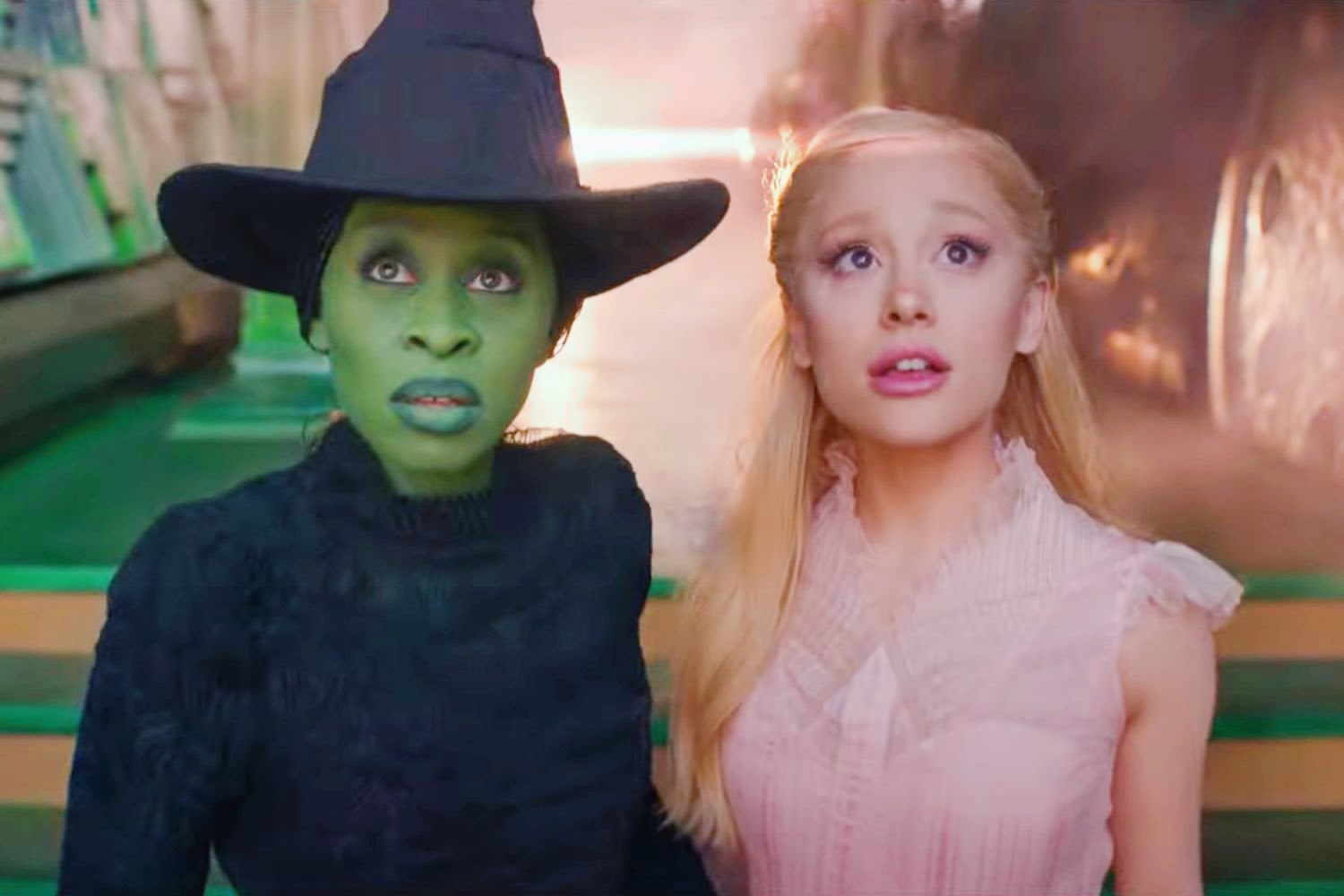Search results
- “Silvering” is a form of photo damage that happens to silver-based emulsions. You can identify a silvering print by the metallic mirroring effect on the surface. When a photo starts to silver, it will not stop.
restoreoldphotosnow.com › silvering-photos
News about Nate Silver, Kamala Harris, Donald Trump
News about Nebraska, high school football, Washington-Metamora rivalry game
Also in the news
Jun 12, 2018 · “Silvering” is a form of photo damage that happens to silver-based emulsions. You can identify a silvering print by the metallic mirroring effect on the surface. When a photo starts to silver, it will not stop.
People also ask
What is meant by a silvered photograph?
How do you know if a picture is silver?
Is silver still used in photography?
Mar 21, 2023 · You can prevent silvering with the proper care and handling of your photographs. Some tips: – Store your photographs in a cool, dry place, away from direct sunlight and high humidity levels. An album or storage box specifically designed for photographs is ideal. – Handle your photographs with clean, dry hands.
Mar 31, 2024 · Silvered photos are damaged photos that have a metallic mirrored effect on the surface. This usually happens when these older, silver-based photos were not stored properly and subjected to extreme temperatures, sunlight, they were stored on non-archival safe albums, they have have been layered on top of each other in a box, or subjected to oil ...
Aug 15, 2021 · In some instances, silvering occurs because images weren’t processed properly in the darkroom. Silver-based black-and-white prints were prone to silvering if the image wasn’t washed correctly. Below are steps you can take to remove silver when restoring old photos.
Jan 29, 2006 · The silver sheen is a common occurrence in old photographs, and results from the migration of free silver radicals within the emulsion. Some of the radicals make their way to the surface, regain their electron, and deposit themselves on the surface as metallic silver.
Mar 3, 2020 · Old Black and White Photos can sometimes suffer from a problem called silvering. As the chemical bonds in the photo breaks down over time. The silver in the photo becomes visible on the surface and is seen as a shiny pale haze that obscures the darkest parts of the photo.
(4) Is there silvering or mirroring on the surface of the photo? Look at the picture at an angle and examine the edges or the darkest areas of the image. You should see a metallic sheen on the surface of the print. This sheen, called silvering, results from long-term exposure of the silver nitrate in the print to air. This condition takes years ...




